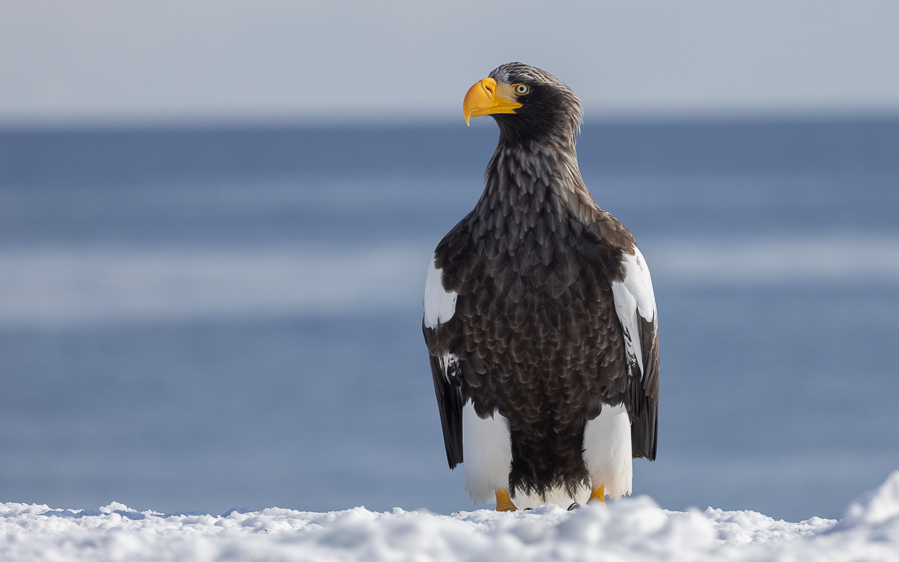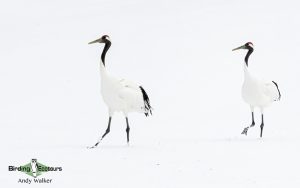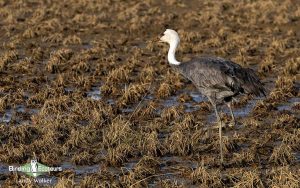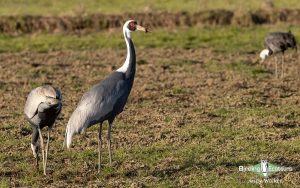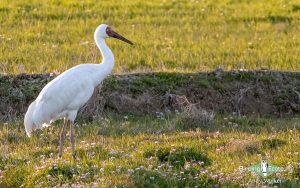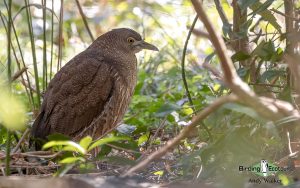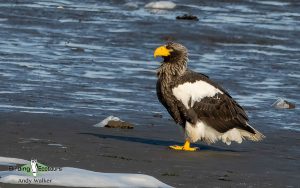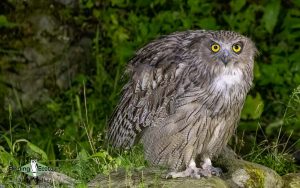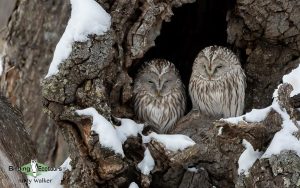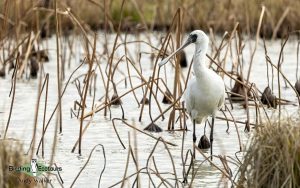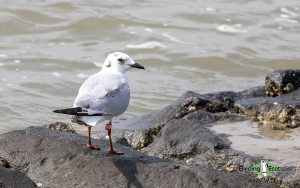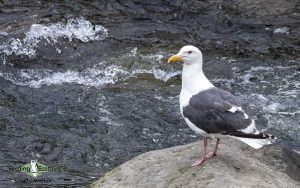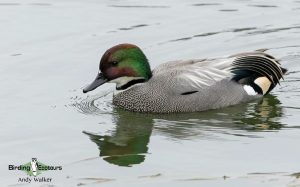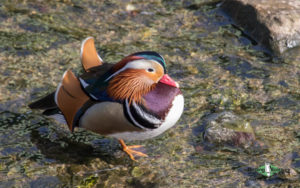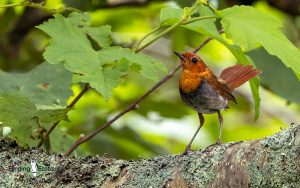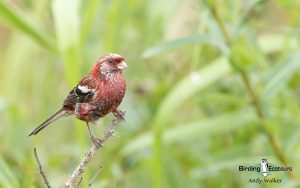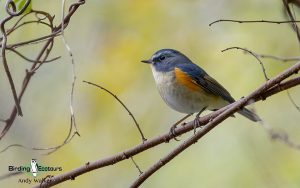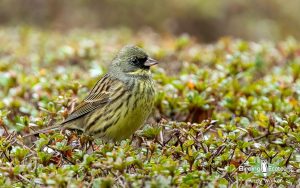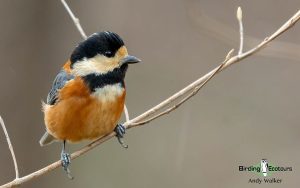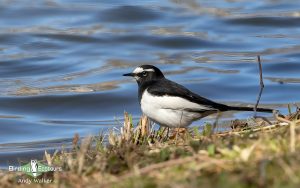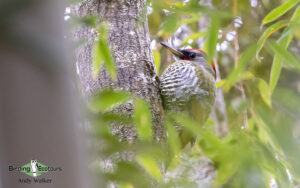Japan Birding Tours
Our Japan birding tours take place in winter when masses of wintering cranes visit Hokkaido and when large accumulations of Steller’s Sea Eagle meet to hunt in the sea ice of the Shiretoko Peninsula. Aside from these two spectacles, Japan birding tours will also likely produce wintering waterfowl and seabirds and the mighty Blakiston’s Fish Owl. The island country of Japan is located just off mainland east Asia, in the northwest Pacific Ocean, with nearest neighbors including Taiwan, China, North Korea, South Korea, and Russia. Made up of five main islands, Hokkaido, Honshu, Shikoku, Kyushu, and Okinawa, the country is an archipelago of 6,852 islands covering an area of 145,937 square miles (377,975 square kilometers) along the ‘Pacific Ring of Fire’. Tokyo is Japan’s capital and largest city (though also offers great birding along the edge of Tokyo Bay). The country is one of the most populous in the world (number 11), and one of the most densely populated.
Around 75% of Japan is mountainous, with the majority of that area uninhabitable and containing 111 active volcanoes. The region is prone to earthquakes and tsunamis with destructive geological events happening several times each century. The 1923 Tokyo earthquake, for example, killed a staggering 140,000 people. Japan has a fascinating cultural history and is unlike anywhere else in the world and is definitely worth spending some time researching before your visit.
The climate of Japan is varied from north to south (it stretches for 1,900 miles/3,000 kilometers) but is principally temperate. Winters in northern and eastern Hokkaido are long and cold but summers are warm. Honshu often has heavy winter snowfall and hot summers, while southern regions have warm winters and hot summers with heavy precipitation during the rainy season. Typhoons can often bring heavy rain in late summer and fall (autumn). The landscapes and climates outlined above influence the habitats present in the country and nine forest ecoregions are recognized. A network of national parks and quasi-national parks have been put in place to protect key habitats.
Read More About Japan
Following International Ornithological Congress (IOC) taxonomy, v10.2 (December 2020), the bird list of Japan stands at 724 species. Of these, 18 are endemic (four are considered extinct), eight are breeding endemics, and 69 are globally threatened. Japan’s resident extant endemic bird species are Copper Pheasant, Green Pheasant, Okinawa Rail, Amami Woodcock, Okinawa Woodpecker, Japanese Green Woodpecker, Ryukyu Minivet, Lidth’s Jay, Owston’s Tit, Iriomote Tit, Bonin White-eye, Amami Thrush, Izu Thrush, and Ryukyu Robin. Breeding endemics include the seabirds Short-tailed Albatross, Matsudaira’s Storm Petrel, Bryan’s Shearwater, and Bannerman’s Shearwater, and the migratory passerines Ijima’s Leaf Warbler, Japanese Leaf Warbler, Japanese Wagtail, and Yellow Bunting.
Japan is incredibly important for cranes and these birds have been appearing in Japanese culture and featuring in artwork for centuries. They are some of the most elegant and beautiful birds in the world and in winter (when numbers swell due to the presence of migratory species) they look even more amazing against snowy backgrounds. The list of cranes in Japan includes Red-crowned Crane, White-naped Crane, Hooded Crane, and Common Crane. Additionally, rarely Sandhill Crane, Demoiselle Crane, and the Critically Endangered (BirdLife International) Siberian Crane also occur.
There are many additional species that form important targets when birding in Japan, such as Saunders’s Gull, Black-faced Spoonbill, Steller’s Sea Eagle, Blakiston’s Fish Owl, Baikal Teal, Falcated Duck, Mandarin Duck, Scaly-sided Merganser, Whooper Swan, Japanese Night Heron, along with a long list of Alcids (e.g. Japanese Murrelet, Rhinoceros Auklet, and Spectacled Guillemot), seabirds, sea ducks, gulls, and passerines (like Japanese Grosbeak, Dusky Thrush, and Japanese Waxwing). Interesting mammals include Japanese Serow, Asiatic Black Bear, Japanese Macaque, and Red Fox all of which can be found as you watch birds. We thoroughly recommend you join a Japan birding tour to enjoy watching the many beautiful wild birds that can be found.
Download Japan Itineraries
Japan: Spectacular Winter Birds February 2026/2027
